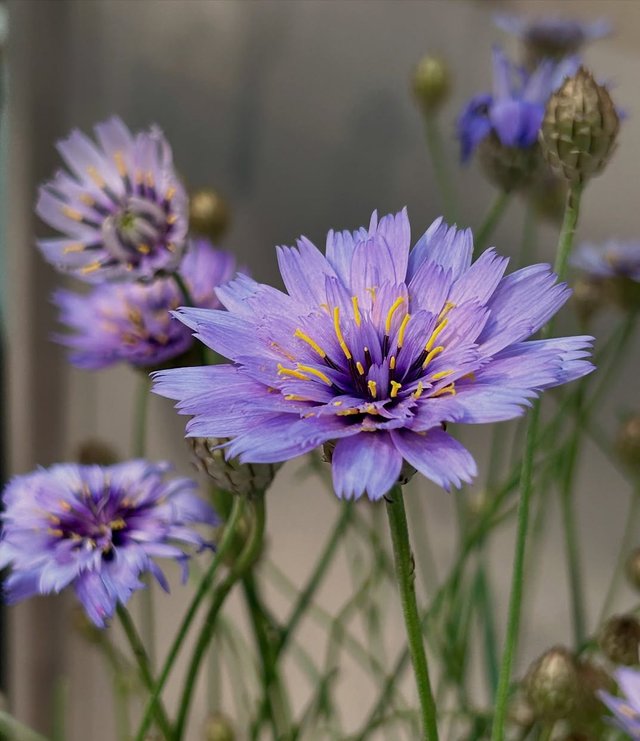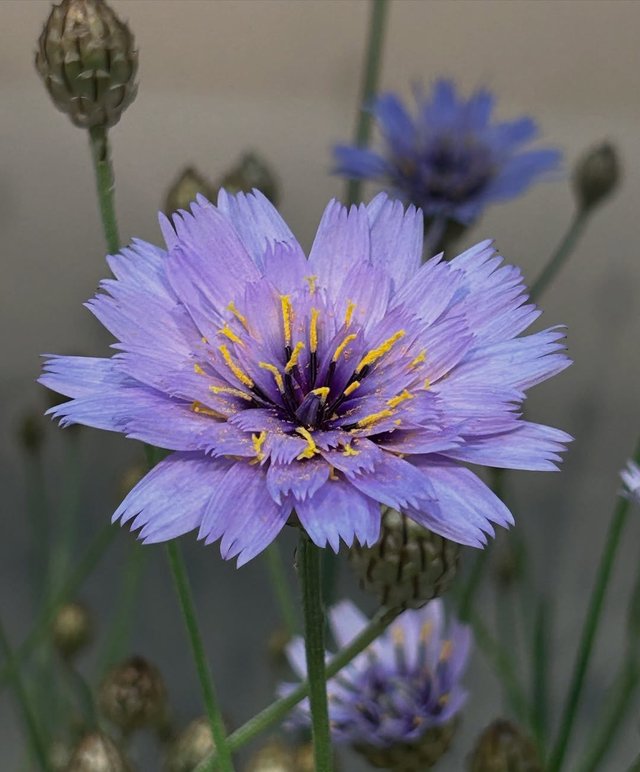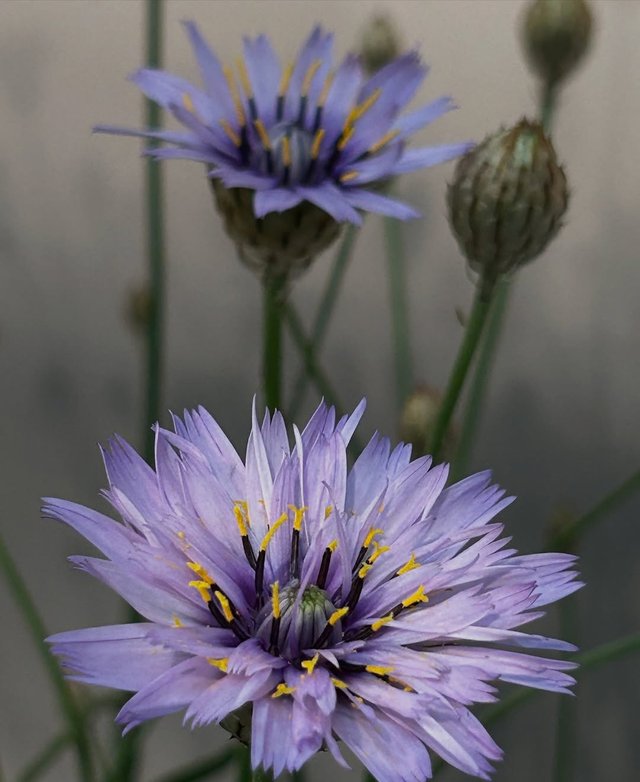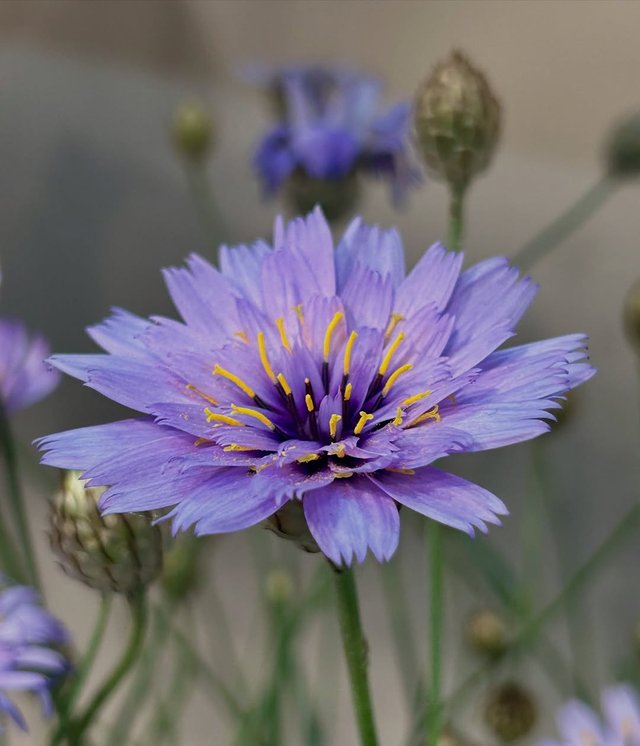Catananche Caerulea Flower So Amazing
Catananche caerulea, commonly known as Cupid’s Dart, is a graceful perennial plant admired for its sky-blue, daisy-like flowers and its long-standing role in both horticulture and history. Native to the Mediterranean region, particularly southern Europe, this charming plant has captivated gardeners and flower enthusiasts for centuries with its delicate appearance, romantic symbolism, and easygoing nature.
Botanical Description
Catananche caerulea belongs to the Asteraceae family, the same family as daisies, asters, and sunflowers. It is a clump-forming perennial that typically grows between 30–60 cm tall, with narrow, gray-green basal leaves forming a neat rosette at the base. From this rosette emerge slender, wiry stems topped with papery, starry flower heads. The blooms are usually lavender-blue to violet, sometimes with a slightly darker eye, and measure around 4–5 cm across.
The flowers have a papery texture, which allows them to last well when dried, making the plant popular for everlasting flower arrangements. Blooming occurs from early summer into late summer, and with proper deadheading, the flowering season can be extended.
Historical and Symbolic Significance
The name Catananche comes from the Greek word katanankē, meaning “to compel” or “to force,” referring to the plant’s traditional reputation as a love charm. In ancient times, Catananche caerulea was associated with love potions and divination rituals, earning it the romantic nickname Cupid’s Dart. Folklore suggests that the flowers were sometimes used in herbal mixtures intended to inspire affection or even passion.
Because of its soft blue blossoms and symbolic ties to love, it has long been seen as a plant of romance and enchantment—a meaning still attached to it in the language of flowers.
Growing Conditions and Cultivation
Catananche caerulea is valued not only for its beauty but also for its hardiness and low maintenance. It thrives best under the following conditions:
Sunlight: Prefers full sun, where it produces the most vibrant flowers.




%20(10).jpeg)